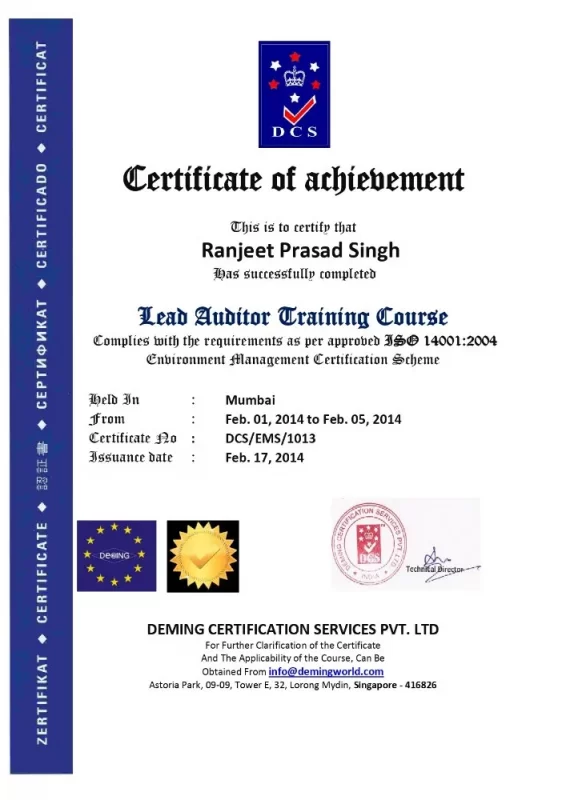ISO 32000 Document management, Uncategorized
ISO 32000 Document management
Courtesy: ISO 32000 Document management
A document management system (DMS) is a system used to receive, track, manage and store documents and reduce paper. Most are capable of keeping a record of the various versions created and modified by different users (history tracking). In the case of the management of digital documents such systems are based on computer programs. The term has some overlap with the concepts of content management systems. It is often viewed as a component of enterprise content management (ECM) systems and related to digital asset management, document imaging, workflow systems and records management systems.
Beginning in the 1980s, a number of vendors began to develop software systems to manage paper-based documents. These systems dealt with paper documents, which included not only printed and published documents, but also photographs, prints, etc.
Later developers began to write a second type of system which could manage electronic documents, i.e., all those documents, or files, created on computers, and often stored on users’ local file-systems. The earliest electronic document management (EDM) systems managed either proprietary file types, or a limited number of file formats. Many of these systems later became known as document imaging systems, because they focused on the capture, storage, indexing and retrieval of image file formats. EDM systems evolved to a point where systems could manage any type of file format that could be stored on the network. The applications grew to encompass electronic documents, collaboration tools, security, workflow, and auditing capabilities.

These systems enabled an organization to capture faxes and forms, to save copies of the documents as images, and to store the image files in the repository for security and quick retrieval (retrieval made possible because the system handled the extraction of the text from the document in the process of capture, and the text-indexer function provided text-retrieval capabilities).
While many EDM systems store documents in their native file format (Microsoft Word or Excel, PDF), some web-based document management systems are beginning to store content in the form of HTML. These HTML-based document management systems can act as publishing systems or policy management systems. Content is captured either by using browser based editors or the importing and conversion of not HTML content. Storing documents as HTML enables a simpler full-text workflow as most search engines deal with HTML natively. DMS without an HTML storage format are required to extract the text from the proprietary format making the full text search workflow slightly more complicated.
Search capabilities including boolean queries, cluster analysis, and stemming have become critical components of DMS as users have grown used to internet searching and spend less time organizing their content
Standardization
Many industry associations publish their own lists of particular document control standards that are used in their particular field. Following is a list of some of the relevant ISO documents. Divisions ICS 01.140.10 and 01.140.20. The ISO has also published a series of standards regarding the technical documentation, covered by the division of 01.110.
- ISO 2709 Information and documentation – Format for information exchange
- ISO 15836 Information and documentation – The Dublin Core metadata element set
- ISO 15489 Information and documentation – Records management
- ISO 21127 Information and documentation – A reference ontology for the interchange of cultural heritage information
- ISO 23950 Information and documentation – Information retrieval (Z39.50) – Application service definition and protocol specification
- ISO 10244 Document management – Business process baselining and analysis
- ISO 32000 Document management – Portable document format
- ISO/IEC 27001 Specification for an information security management system

